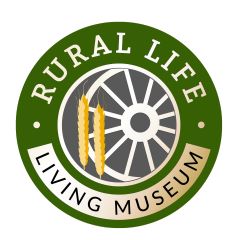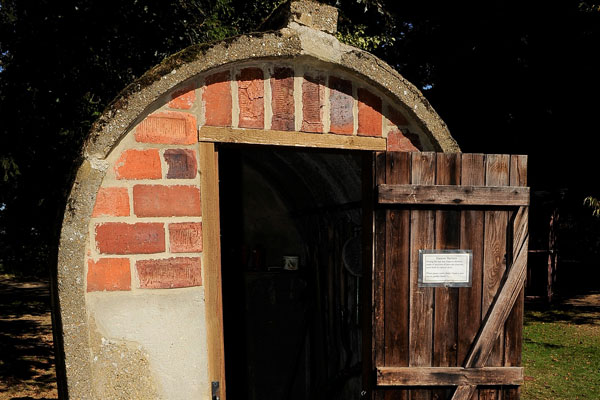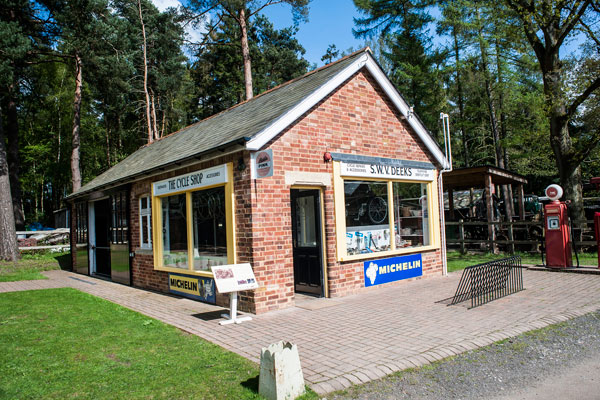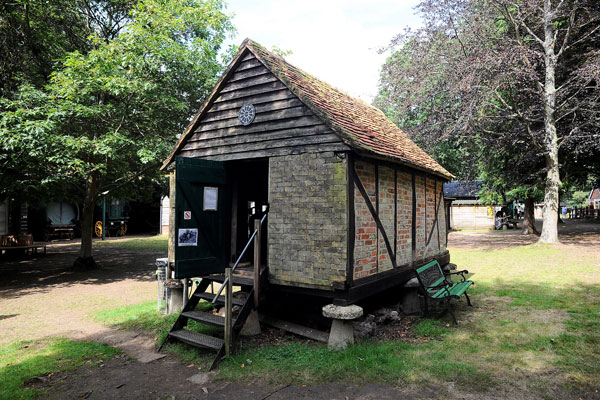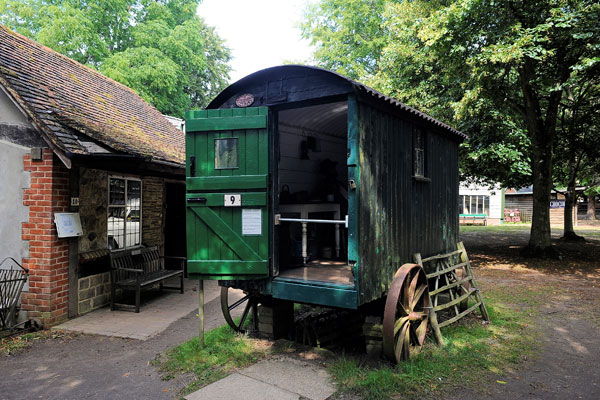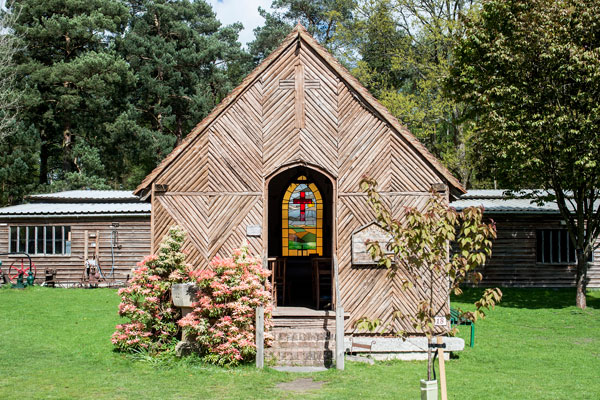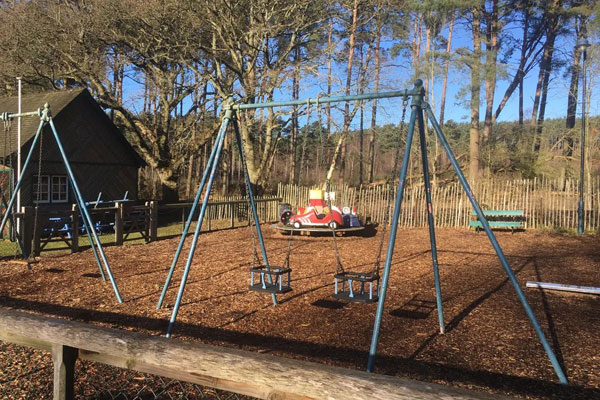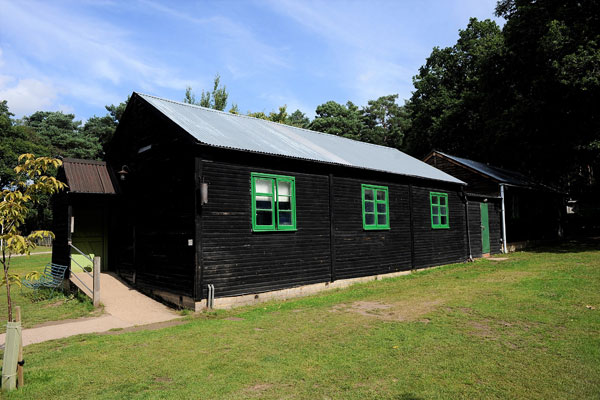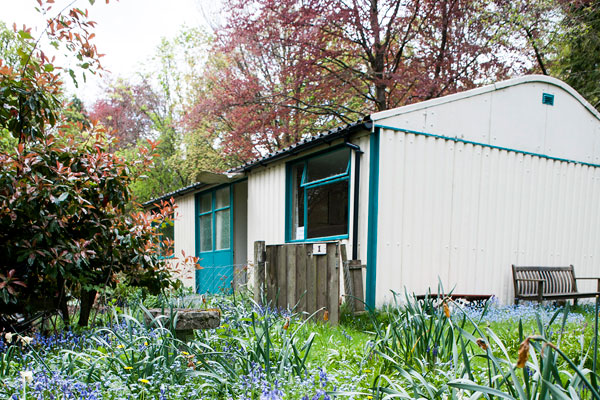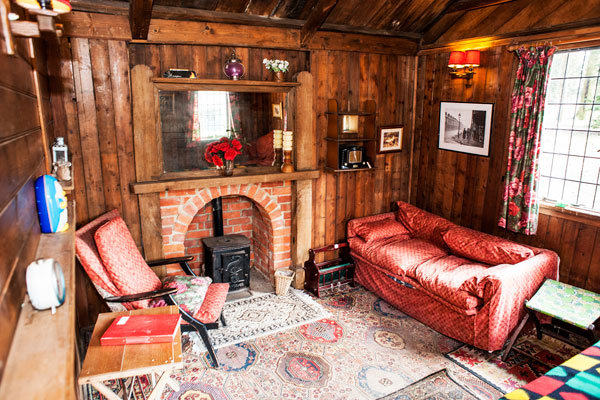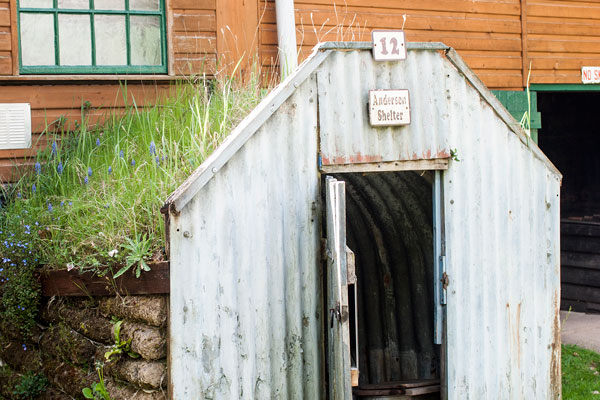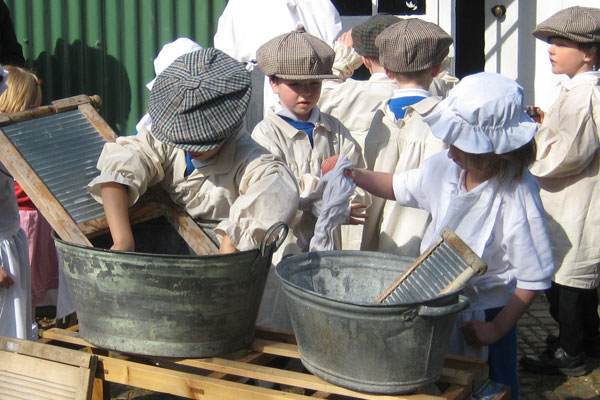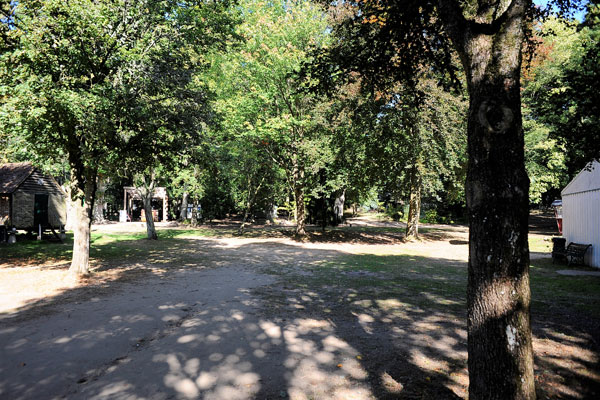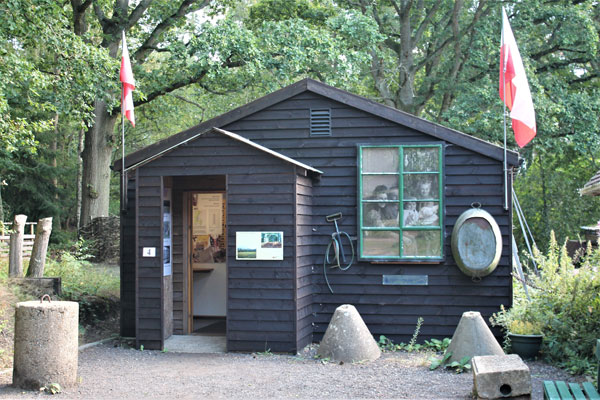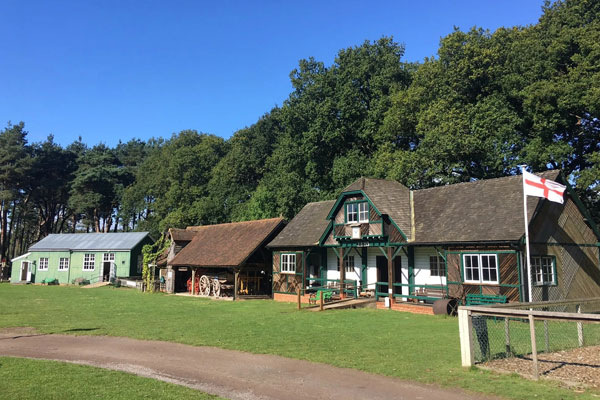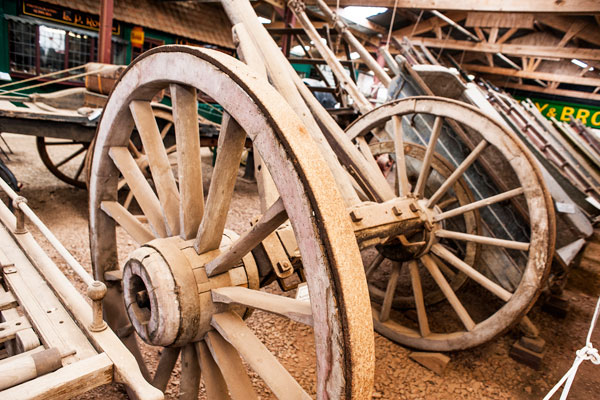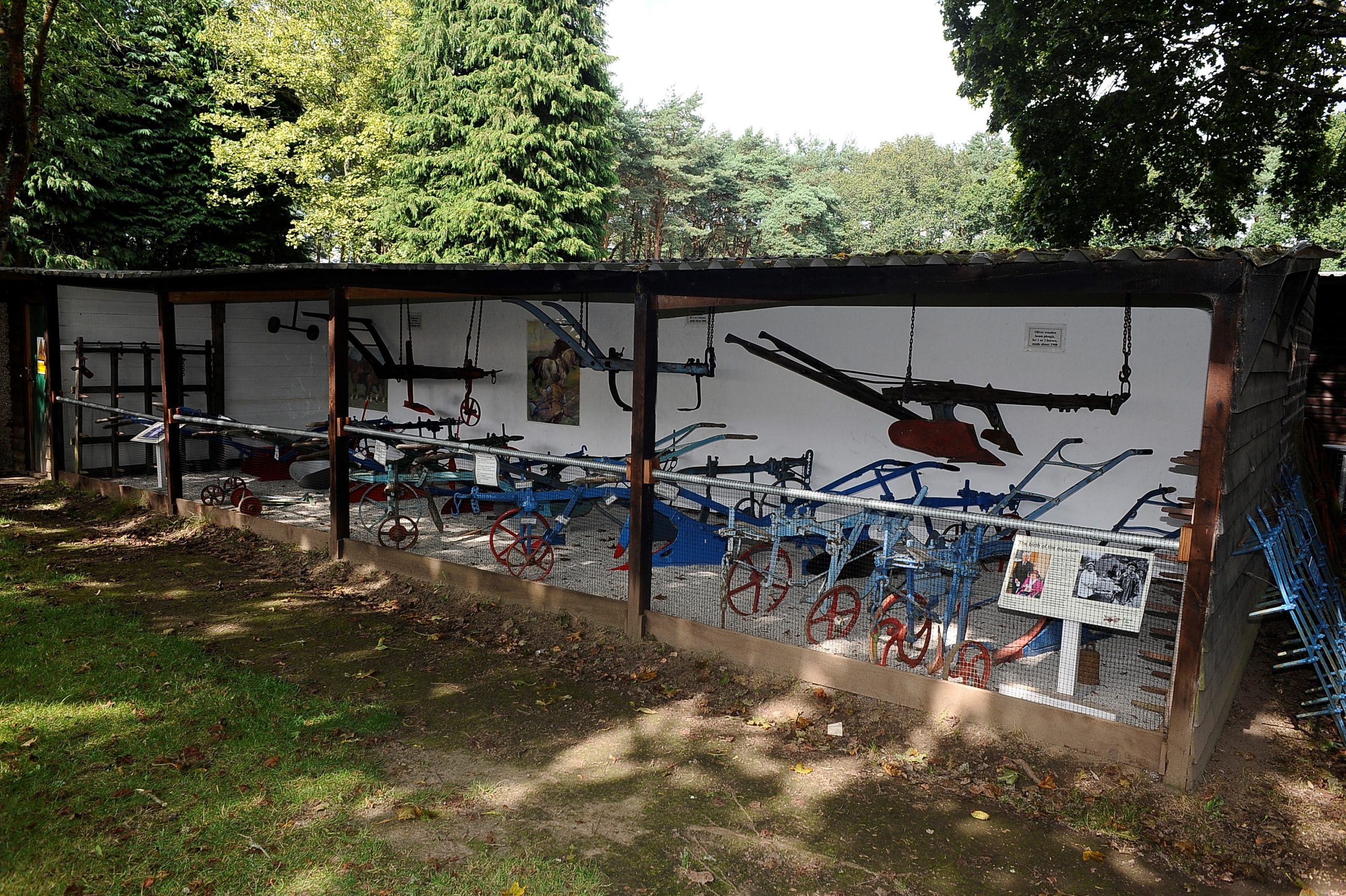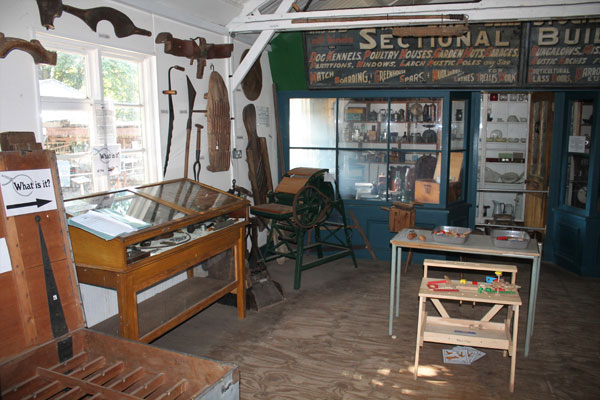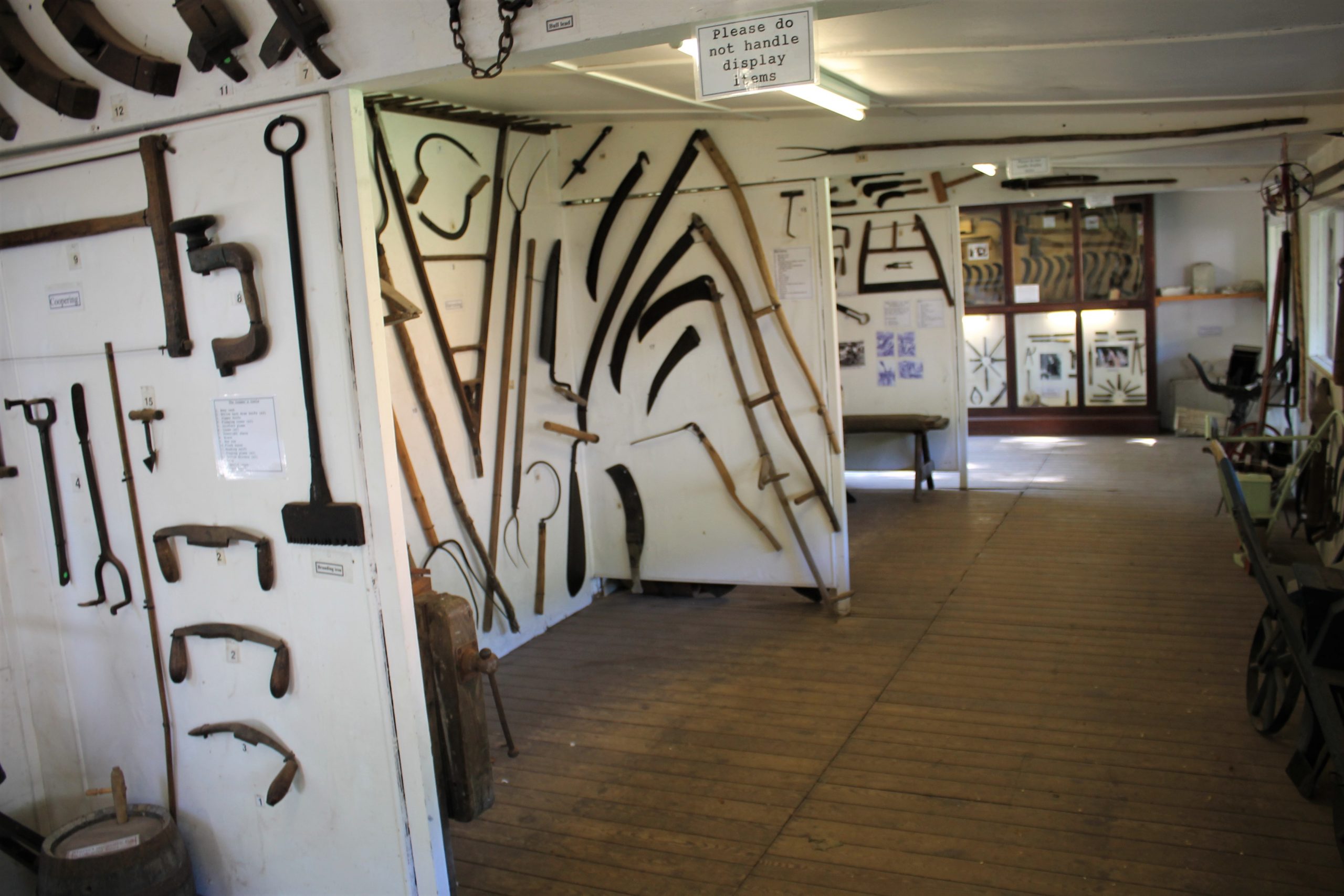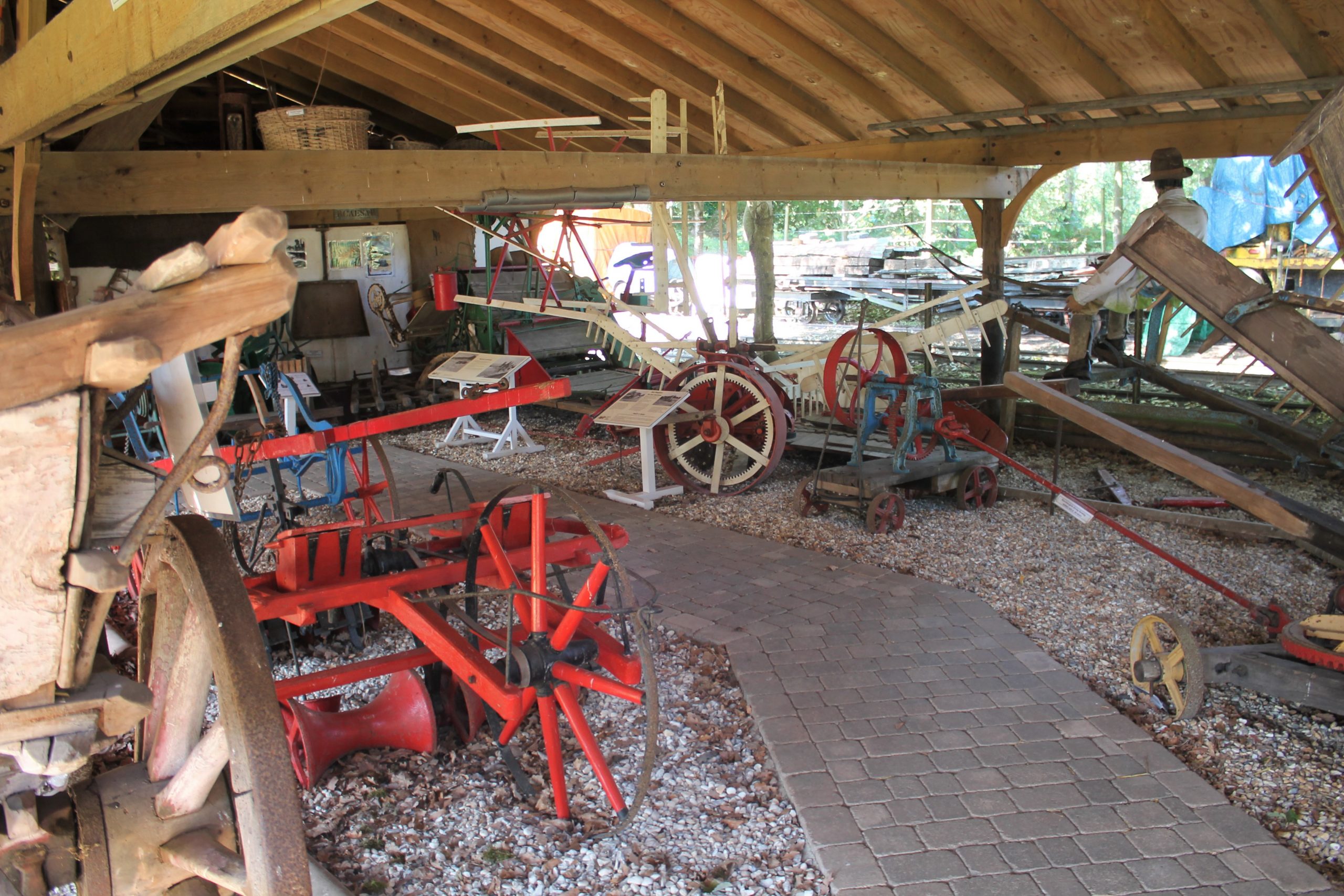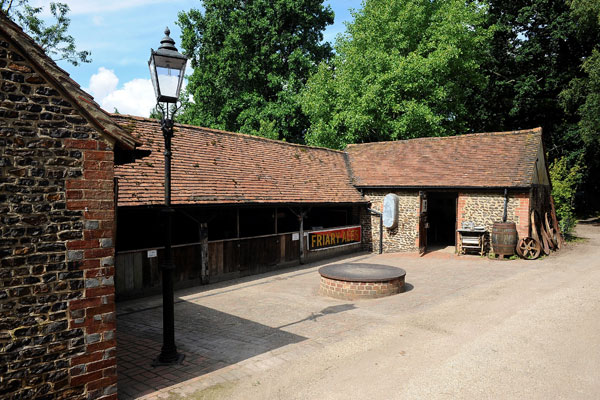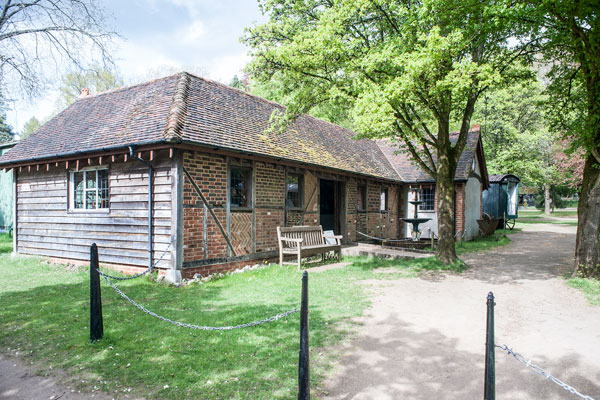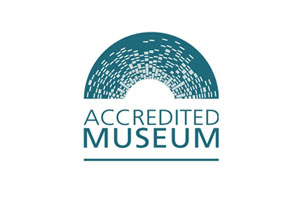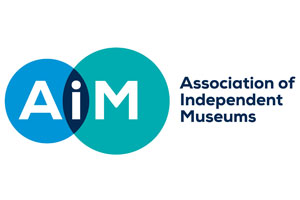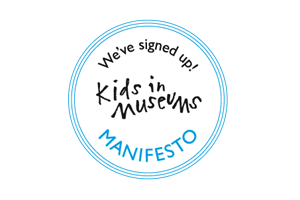Collection Highlights
Stanton Shelter
Frimley Green Cycle Workshop
The Granary
Shepherds Hut
Eashing Chapel
Lindford Village Hall
Arcon MK V Prefab
Smudgers
Anderson Shelter
Laundry
Arboretum
Tweedsmuir
Tweedsmuir Camp was built in 1941 by the Royal Canadian Engineers in the outskirts of Thursley. In 1945, the Allies placed Poland under Soviet rule. Many soldiers in the Polish Allied Forces under British Command refused to stand down so the government invited them to settle in Britain in declassified bases. In 1947, Tweedsmuir Camp became the living quarters for the Polish Resettlement Corps and was designated as a family camp.
Pavilion
Schoolroom
The Schoolroom was built around 1900 in the Bourne and is typical of a sectional corrugated iron building of the time. It is likely to have been bought from a catalogue, delivered by train and then erected on the school grounds and a lean-to extension was later added. The Schoolroom was in use for many years until it was damaged in the 1987 hurricane when the building actually twisted with the force of the wind on it. Interestingly, Henry, the founder of the museum, attended Bourne School when he was young.
Tilford Building
In the Tilford Building it is possible to find many different shops that would have traditionally been found in a village. We have a butcher’s, a bakery, a cobbler’s shop to make and repair shoes, a haberdashery, a wheelwright shop and many agricultural vehicles. Ever popular is the egg dispensing machine and of course local inventor Sir John Henry Knight’s catapult.
Plough Gallery
Frensham Building
The Frensham Building houses several collections relating to agriculture including a threshing machine, stationary engines, Forestry equipment such as the timber nib and a couple of manual fire engines.
Bourne Building
Here in the Bourne Building exhibit, you can see examples of farming tools from all over the world, Traps and Trapping used in the UK and British Bee Keeping.
Madge’s Waggon Shed
Madge’s Waggon Shed was built by one of the volunteers based on a waggon shed design with a hop kiln end to it. In Madge’s Waggon Shed it is possible to see artefacts related to growing hops.
